Though few in number, Kansai’s writers and journalists reflect a different perspective than their Tokyo-based counterparts.
by Eric Johnston
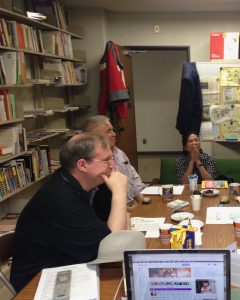
Eric at a WiK meeting in 2015 held with the head of Tuttle and his wife (photo Dougill)
For virtually all Japan-based foreign journalists, Tokyo is home base. Naturally, their views of Japanese politics, economics, and society tend to draw heavily on Tokyo-based sources. Thus, unconsciously or not, this “Tokyo view” of Japan, with all of its advantages and limitations, becomes the lens through which they – and their readers – see Japan as a whole.
Kansai is the only region that has a sizable foreign community of writers, photographers, and video documentarians capable of providing the outside world with a moderate amount of non-Tokyo-biased foreign journalism regarding Japan. Compared to the professionals in FCCJ, however, much of the work of Kansai-based journalists is not the kind of hard news that editors and producers overseas want for their daily papers, websites or TV stations.
Kyoto has long been the center for Kansai-based foreigners writing about Japan – and not just the Noh-Kabuki-tea ceremony-geisha aspects of traditional Japan that Kyoto embodies. Those remain key subjects, of course. But writers and photographers in Kyoto also use the discipline needed to practice such traditional arts, and the observations gained from doing so, in their approach to tackling broader themes related to Japan, Asia and the world.
Kyoto has long been the center for Kansai-based writing about Japan – and not just about the Noh-Kabuki-tea ceremony-geisha aspects that Kyoto embodies
While there is no equivalent to the FCCJ in Kyoto, in 2015, a group called “Writers in Kyoto” was formed by author John Dougill, whose book In Search of Japan’s Hidden Christians was reportedly read by Martin Scorsese as he prepared to film Shusaku Endo’s Silence. Its members include a wide variety of Kyoto-based writers, bloggers, essayists and journalists, including some with freelance experience with major international media. Guest speakers have included Karl van Wolferen and Robert Whiting, as well as local Kyoto-based writers who talk about covering the city as guidebook writers, but also as amateur social anthropologists – which is one definition of being a journalist.
THE CENTER FOR KYOTO writing and journalistic efforts, though, has long been Kyoto Journal. The all-volunteer publication is now celebrating its 30th anniversary, and while Kyoto Journal is widely admired for its photography and graphic design, it has also long served as a laboratory of sorts for all types of writers, often producing excellent magazine journalism by any standard.

Kyoto Journal is widely admired for its photography and graphic design, but it has also long served as a laboratory of sorts for all types of writers. (photo Johnston)
That approach has resulted in an eclectic history of fascinating themes and articles. A 1991 issue entitled “Kyoto Speaks,” a collection of long interviews with 58 Kyoto residents, ranging from a street vendor to a member of Japan’s old aristocracy, remains one of the finest collections of English-language journalism on the Japanese people – as opposed to Japanese political events, social developments, technological advancements or cultural trends – to ever appear.
A 1995 issue, called “Word,” traced the history and development of words and languages. A 2001 issue, “Media in Asia,” included an interview with Richard Lloyd Parry of the Times. And, in September 2010, Kyoto Journal produced an issue on biodiversity that had several pieces on Japan’s practice of satoyama. The magazine was distributed to delegates at the United Nations Conference on Biodiversity, which met in Nagoya that autumn (disclaimer: I contributed to the issue).
Like so many of its magazine brethren around the world who faced financial crunches in the internet age, Kyoto Journal was forced to go entirely online in an attempt to save money after the Biodiversity issue. However, some print versions are now scheduled to return later this year.
But it remains a place to go to for journalists, writers and aspirants. Founding Editor John Einarsen says that one big difference is that Kyoto Journal is all-volunteer and not “professional” like Tokyo’s media, where a writer’s qualifications and educational background often play a role as to whether an editor considers a submission. “We are a platform where anyone can share their creative work” he says, “but we want to feature those who are genuinely into their subject.”
He sees that approach as offering more opportunity for young writers in particular. “I don’t think we have a bias. We don’t say, for example, ‘Oh, this person graduated from Columbia Journalism School.’ If their work has heart and you can see it, then it doesn’t matter if they’re beginners or professionals,” he says.
KYOTO JOURNAL HAS A reputation for being ultra-liberal, though a careful reading of their articles over the years actually allows one to make an argument that they are “conservative” in the sense that many writers advocate or pay respect to the conservation or preservation of traditional cultures and lifestyles.
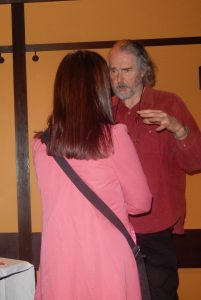
Ken Rodgers making a point to one of KJ’s many avid readers (photo Dougill)
But even if one applies the admittedly outdated tag of “liberal,” Associate Editor Susan Pavloska asks what’s wrong with that? “The word ‘liberal’ has become an insult in the U.S.,” she says. “But what’s wrong with being in favor of freedom? We have never felt the need to publish a line along the lines of ‘the views of this piece do not necessarily represent the views of Kyoto Journal.’”
The focus of Kyoto Journal has also expanded far beyond Kyoto, so that many of its articles today are about the larger Asian region. Managing Editor Ken Rodgers describes the ideal submission: “We look for value that goes beyond style or technical skill,” he says. “Genuineness, a commitment to engagement with society and culture. Writing from the heart. And, of course, a connection – preferably first-hand – with Asia.”
Japan’s travel boom over the past few years has benefitted Kyoto, and Associate Editor Lucinda Cowing says the boom has worked in Kyoto Journal’s favor in some ways, but not in others. “People see the name and think that we are a travel magazine dedicated entirely to the city. On occasion, they even send in messages on Facebook asking for restaurant recommendations, or express disappointment on posts shared about China, or another Asian country, on the grounds that they followed us purely because they want content about Kyoto.”
All of the publication’s editors admit that there has been pressure from various quarters to drop the word “Kyoto” from the name. But as an established brand name, they feel no need. Japanese firms who have advertised with Kyoto Journal on various social media platforms have been happy with the results, Cowing says.
John Ashburne, a Kyoto-based freelancer who has written for the Wall Street Journal and Forbes, and is now editor of Foodies Go Local, a website focusing on Japan’s local cuisine and culinary traditions, says being located in Kyoto means different things to different kinds of editors. “Overseas editors tend to fall into two categories, those who know Japan and those who consider all of Asia pretty much one amorphous blob,” Ashburne says. “Naturally, the latter don’t care too much about my location, until I suggest they’ll need to foot up around US$300 to get myself up to Tokyo and back. That’s when they develop an awareness of Japanese geography.”
Ashburne says that Japan-literate editors are also split into two camps. “They either assume I am a journalistic bumpkin, as nothing newsworthy happens west of Hachioji, or I must be a wise and wizened old sage who meditates daily, eats only tofu and can thus only produce stories about Buddhism, food, and anything likely to not offend. Being Kyoto-based channels you towards cultural commentary whether you like it or not.”
He believes Kyoto teaches patience. “In any journalistic context relationships need to be cultivated,” Ashburne says. “But down here such matters are taken to a new level. Ancient connectivity and ancient traditions generate a strong conservatism that is hard to ‘breach’ with an investigative mindset. Getting information is tough. Processing it is harder. Thus, the ability to wait, sit out situations, listen and take time is essential. Share a cup of tea. Again. And again and again.”
SO, IS THERE A “Kyoto School of Foreign Writing and Journalism About Japan?” Yes and no. Career-wise, those in Kyoto who write for publications do so on either a volunteer or a part-time basis, relying – like many FCCJ freelancers – on non-journalism gigs to pay the bills. Nobody in Kyoto, as far as I know, is working full-time for a major overseas media organization covering general Japan news, with the possible exception of a Japanese local hire who once introduced himself as the “Kyoto correspondent” for China’s Xinhua News Agency.
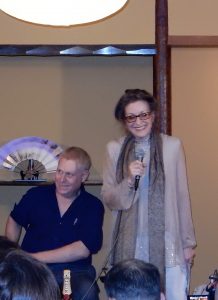
Alex Kerr with Kathy Sokol at the book launch held with WiK for the publication of ‘Another Kyoto’ last autumn
Intellectually, though, one of the most original works of “journalism” about Japan to come out in book form over the past three decades was 2001’s Dogs and Demons, by Kyoto-based Alex Kerr. A long-term resident, Kerr wrote about the political, social and aesthetic corruption of Japan in the late 20th century, and the physical devastation that resulted. He wrote from the viewpoint of someone with a strong aesthetic sense honed in Kyoto, in an informed and deeply passionate way that no Tokyo-based foreign hack has ever managed to match.
Kerr’s works, along with Kyoto Journal’s philosophy, form the basis of a journalistic approach that is arguably a more aesthetic, historical, and intellectual approach to observing modern Japan, especially its people, than one finds in Tokyo. It is not necessarily an “anti-Tokyo” approach. Unlike Osaka, where disdaining Tokyo is a public sport, Kyoto residents, foreign and Japanese, often appreciate the capital city’s charms and energy, though many would prefer to remain in Kyoto if they could. For those seeking an international journalism career who want to get paid on a full-time (or even a more than half-time) basis, Tokyo remains virtually the only real option.
So perhaps “school” is really the most appropriate word to describe Kyoto’s foreign journalism scene. Most if not all Kyoto “students” eventually graduate and move on, but never quite forget the lessons and approach to Japan, and to life, learned in the Kyoto classroom.
*************************
Eric Johnston is a staff writer with the Japan Times. The opinions expressed within are his own and not necessarily those of the newspaper. For his advice to new writers, see here. For his argument in favour of the vital role of foreign correspondents, see here.
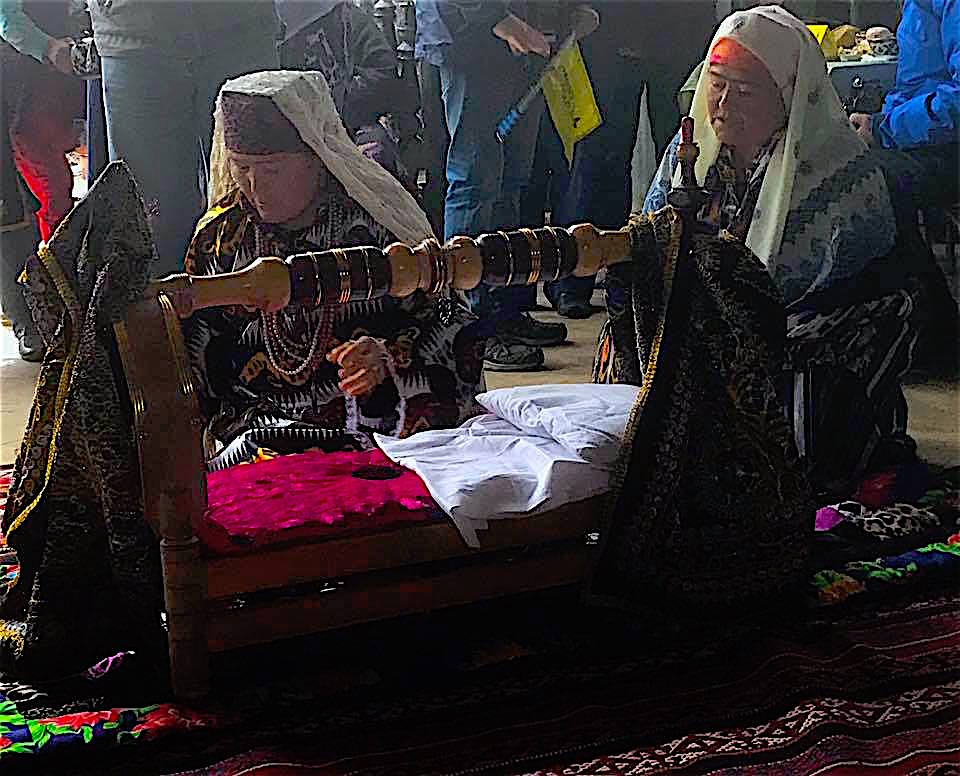
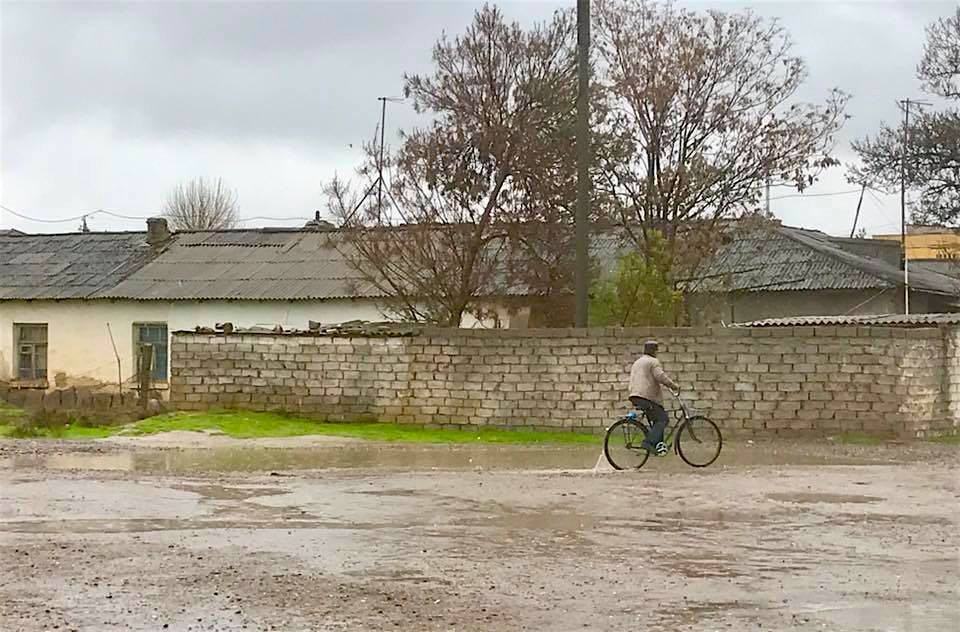
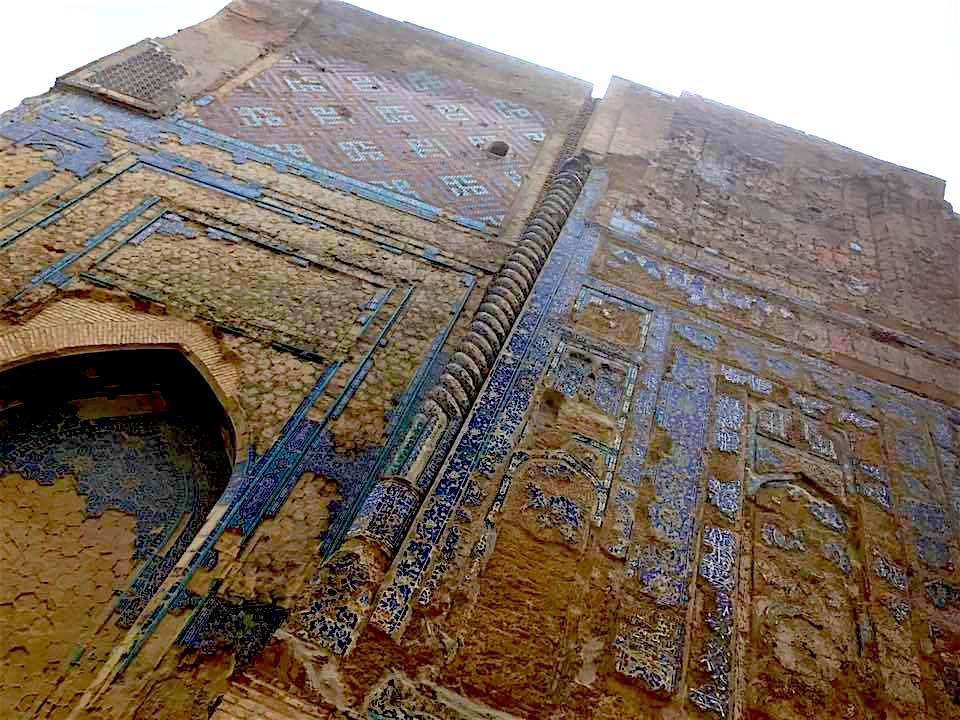
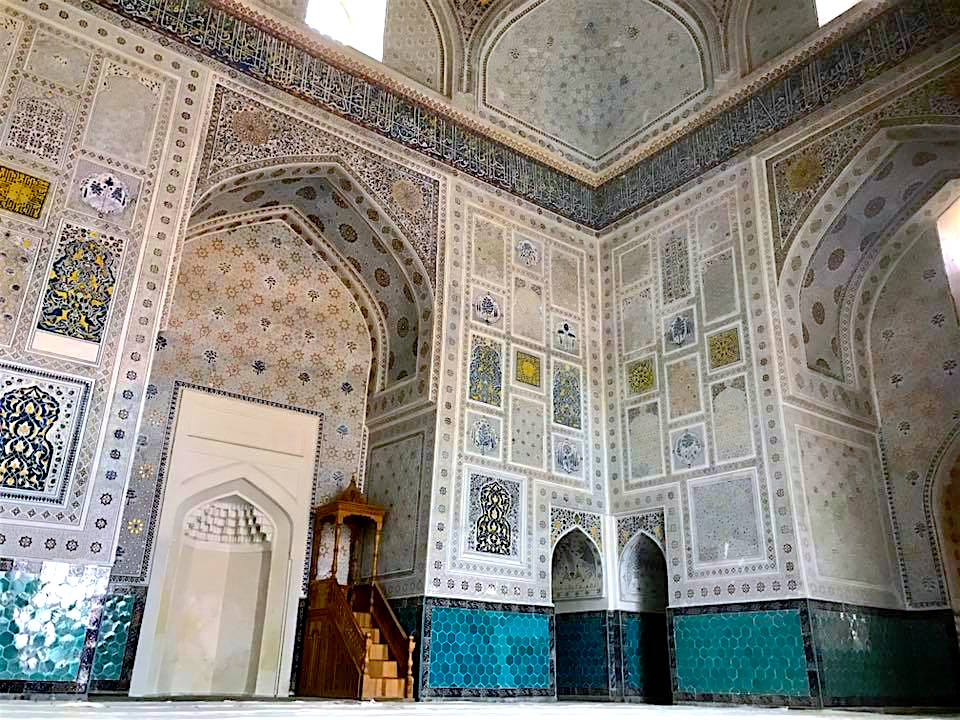
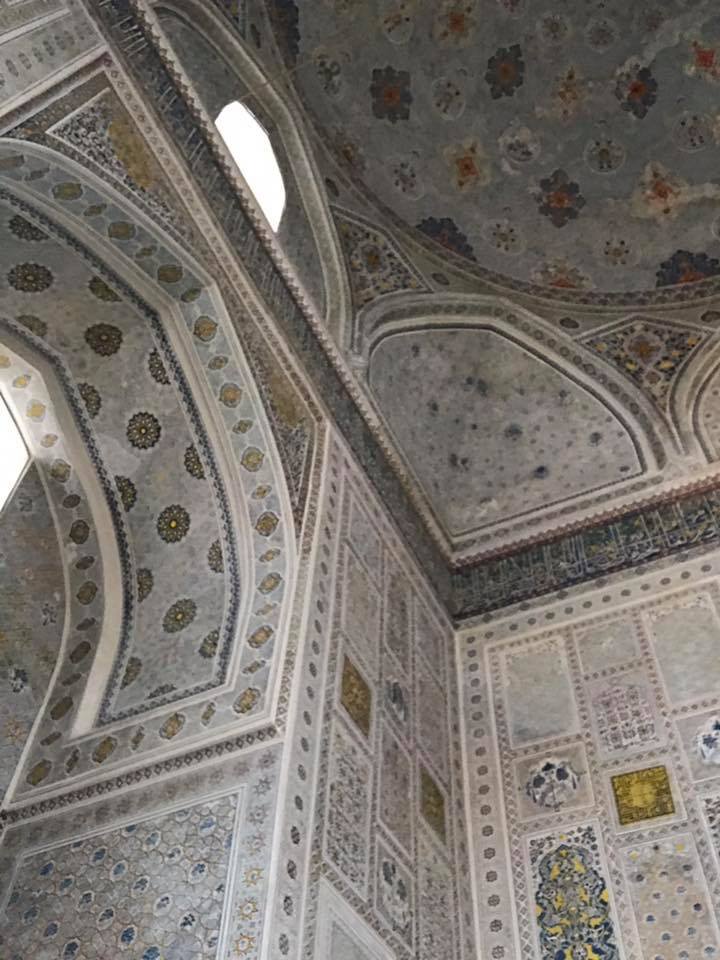
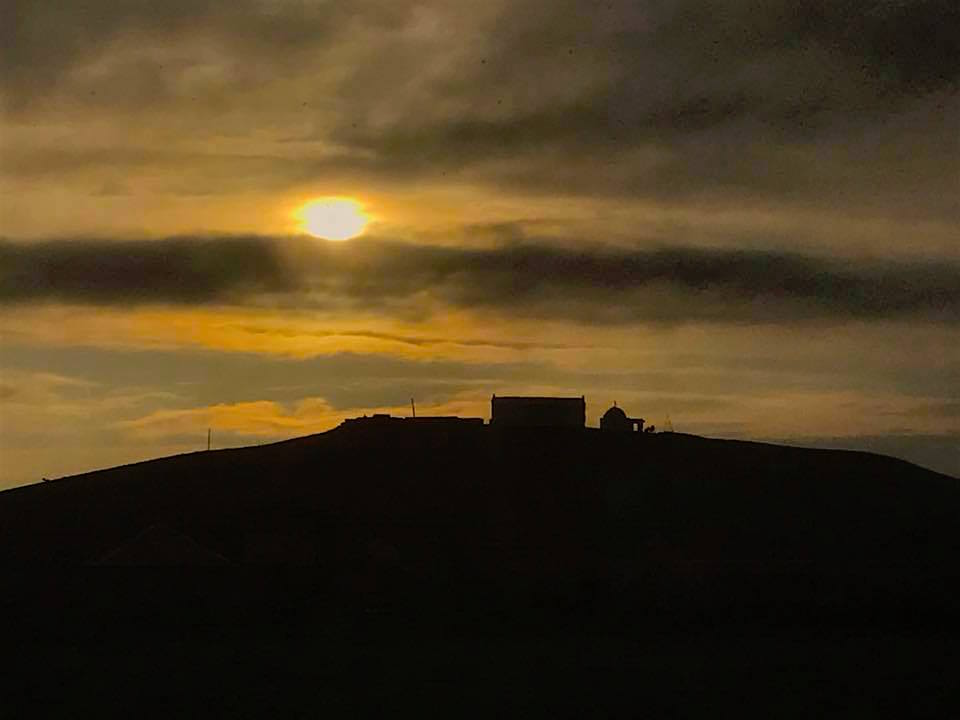

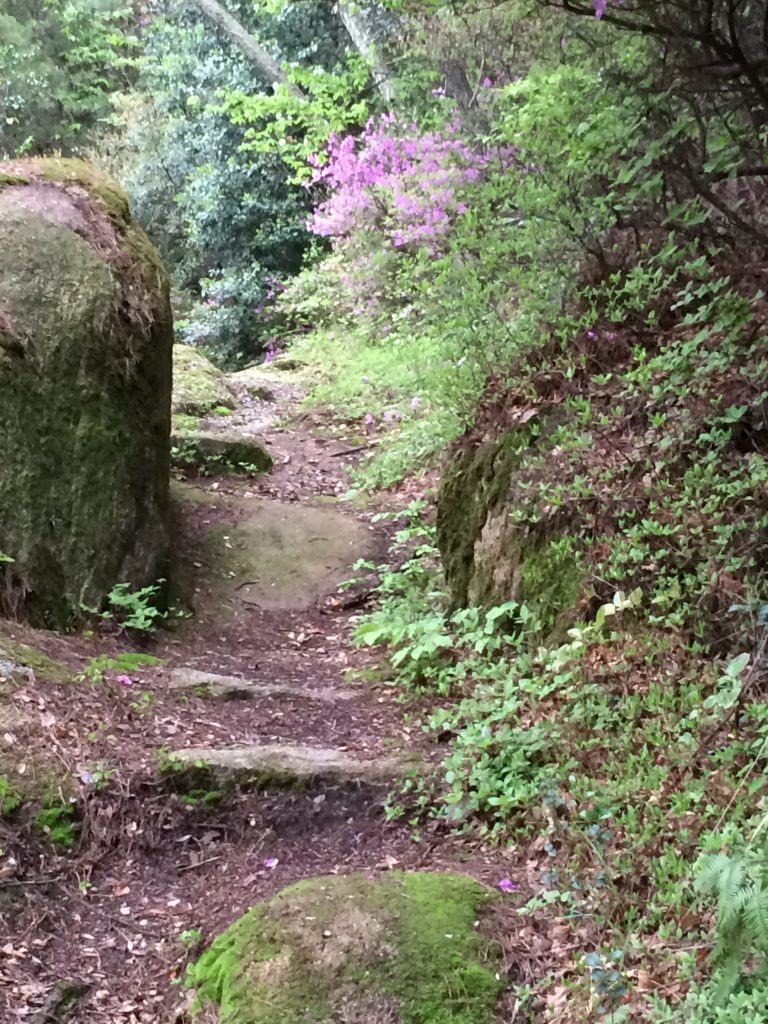
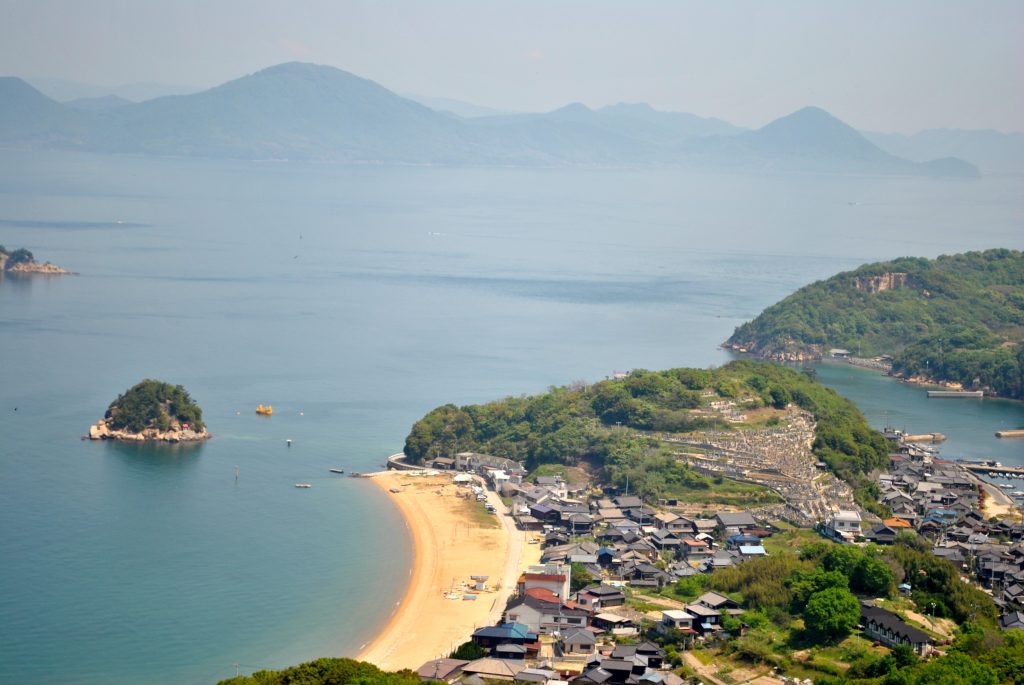
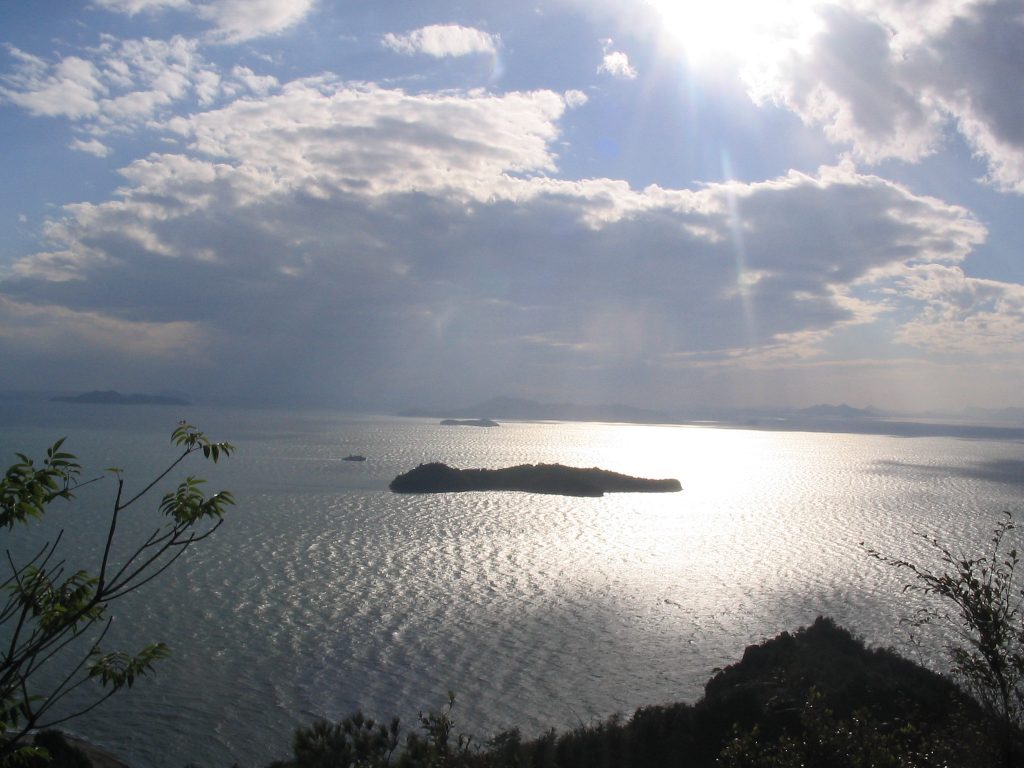
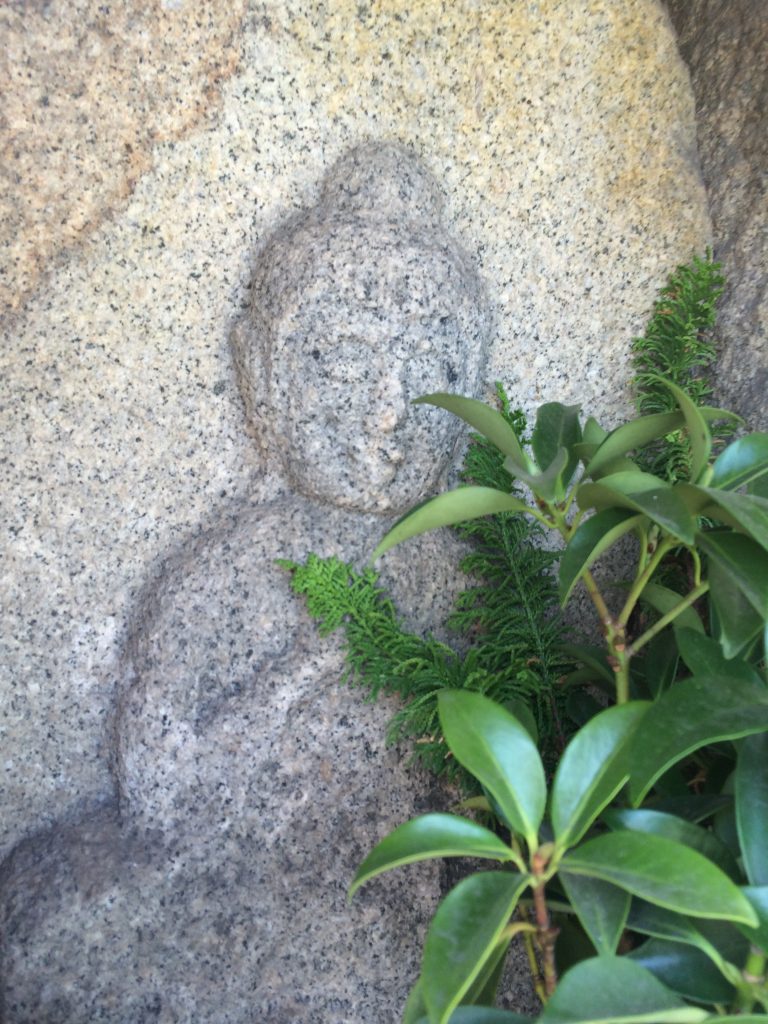
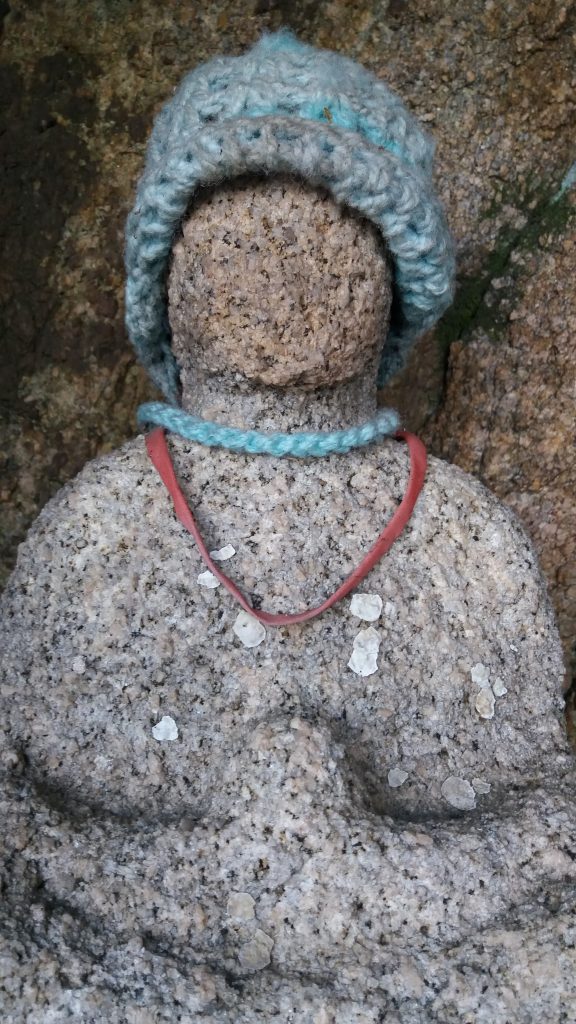
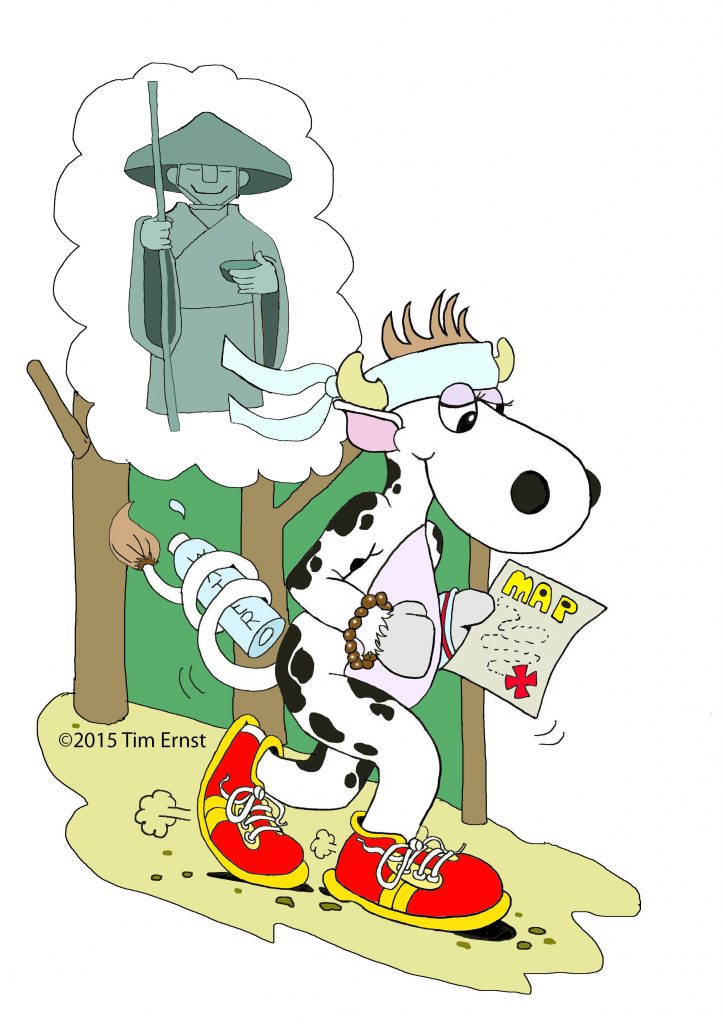
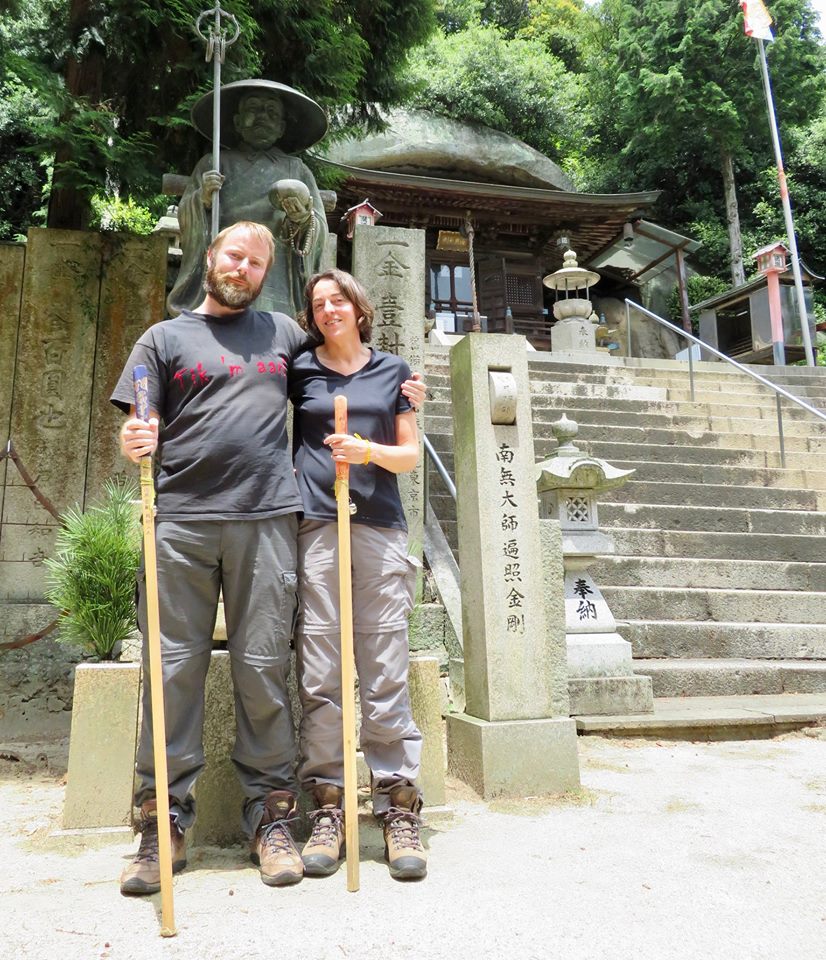
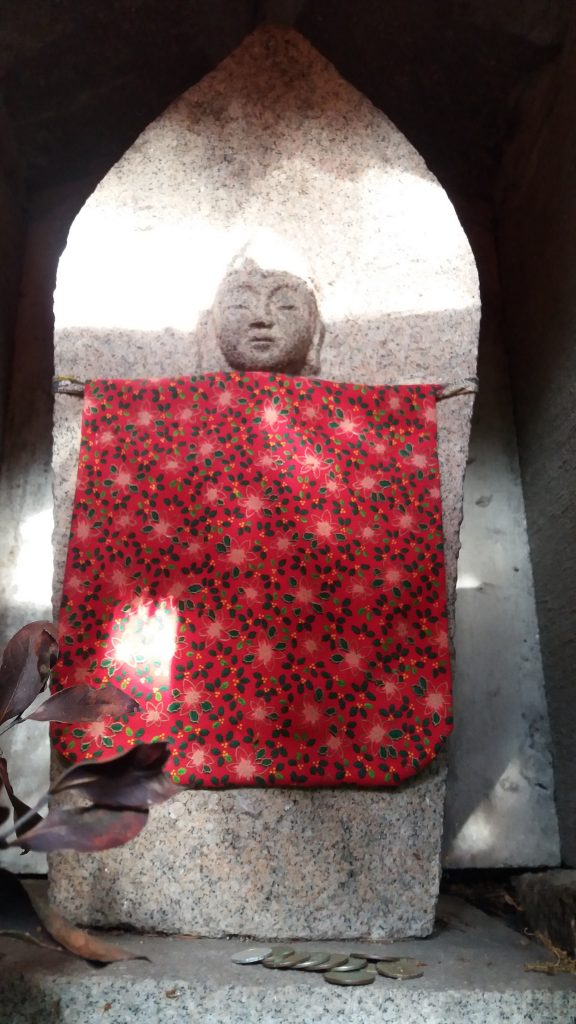
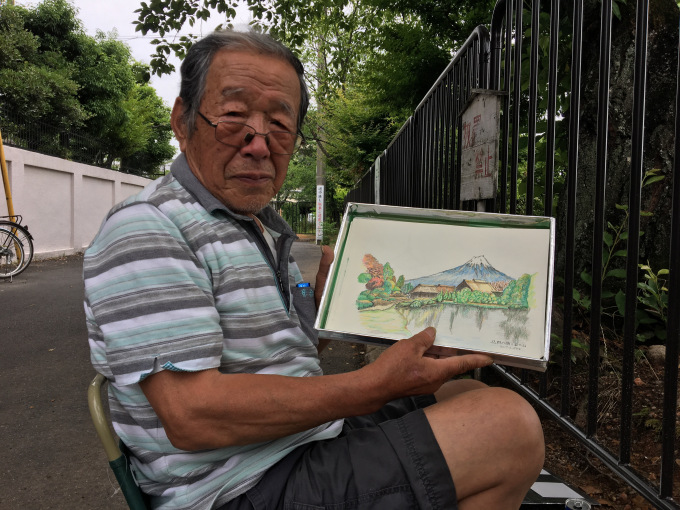
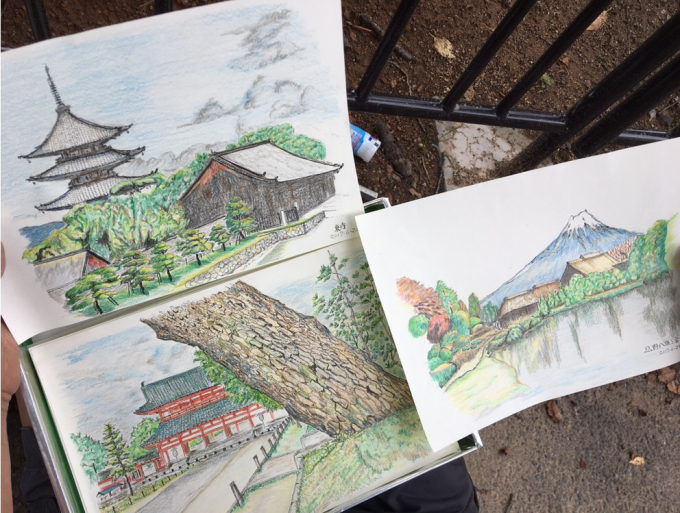
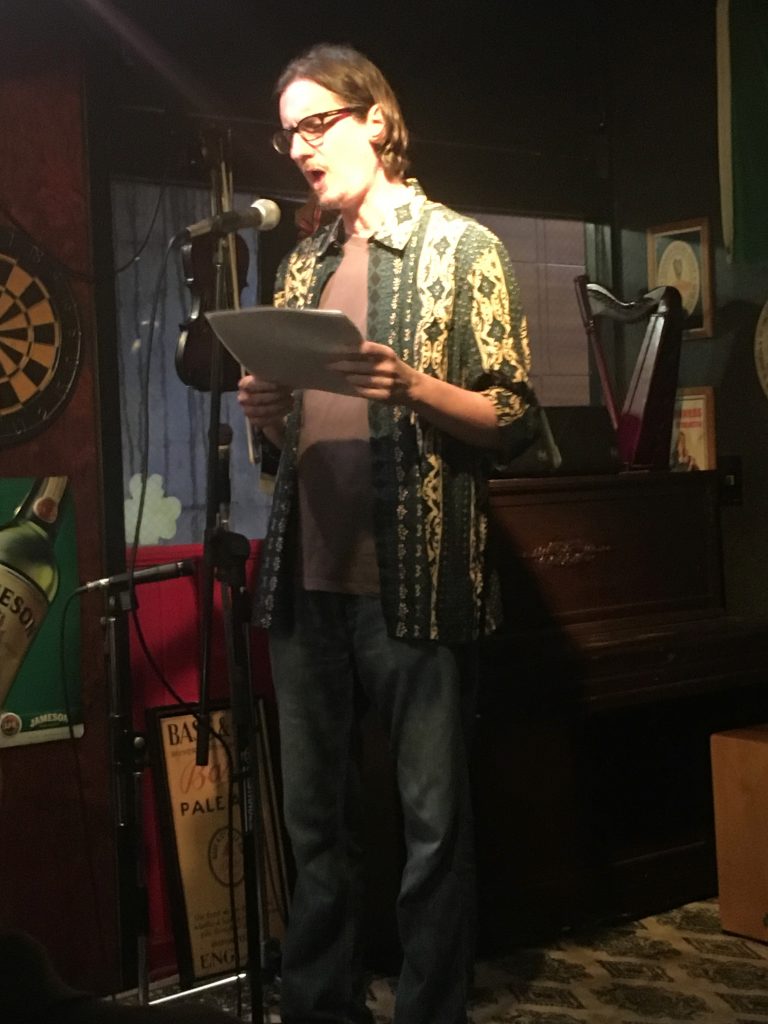
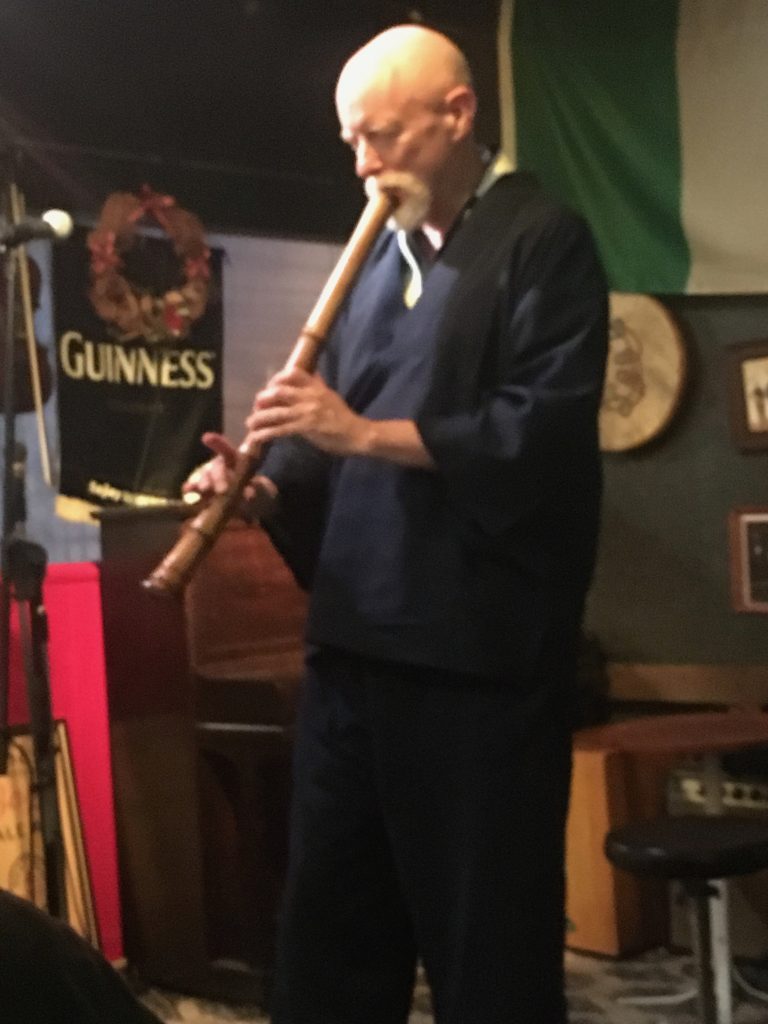
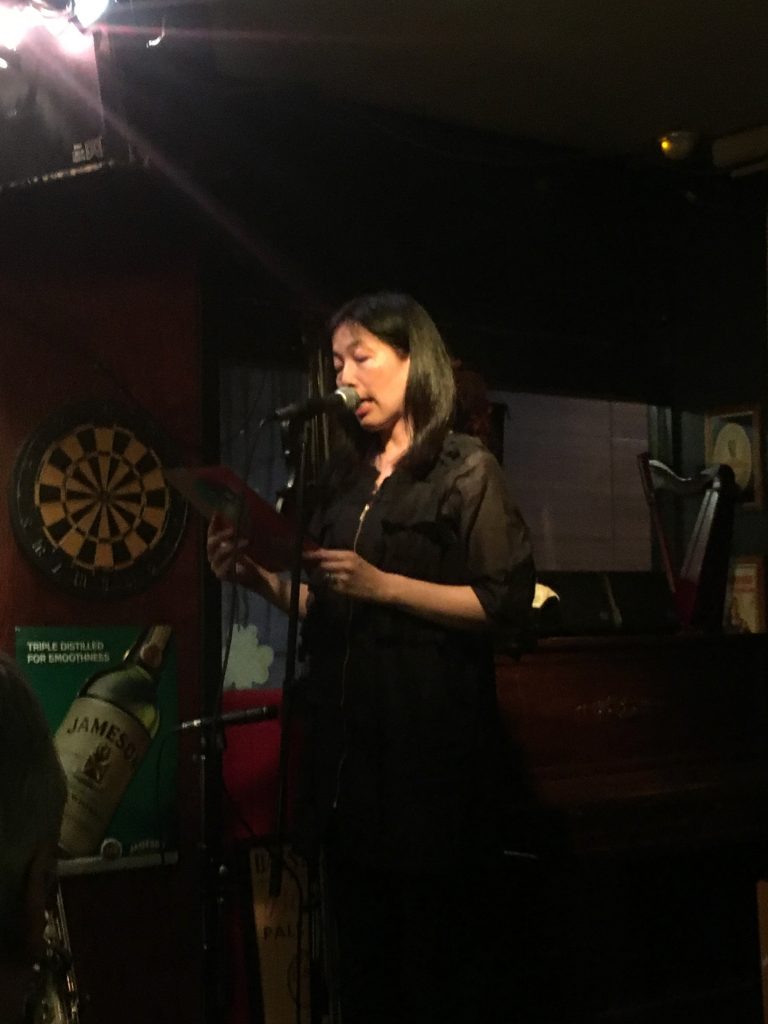
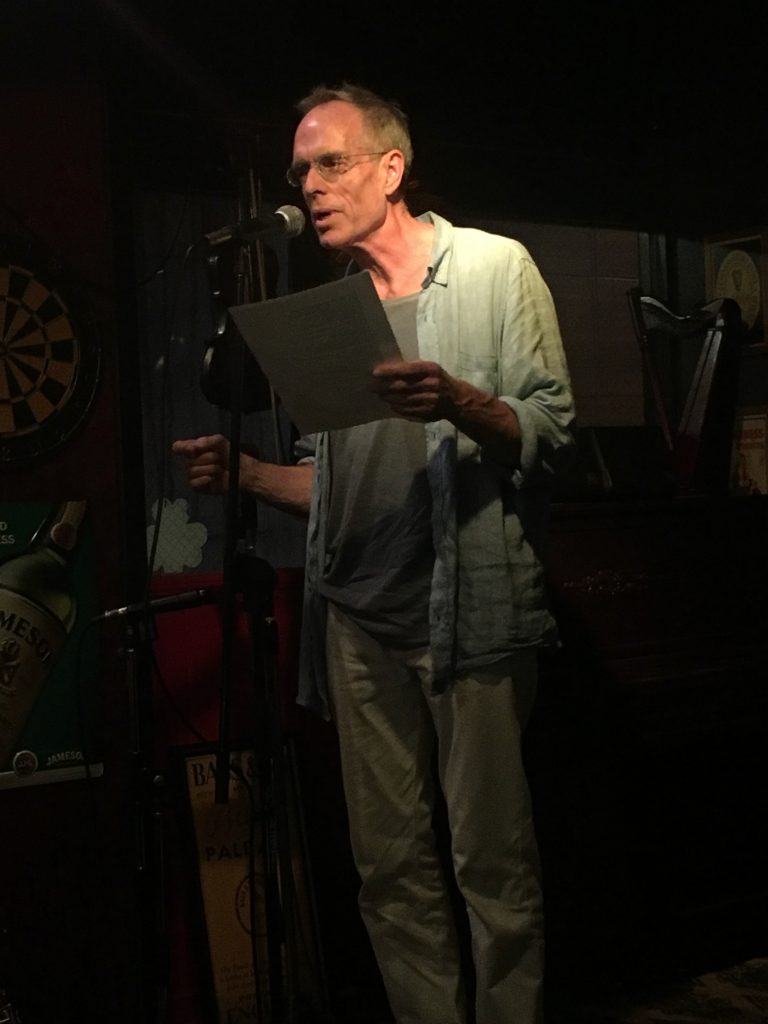
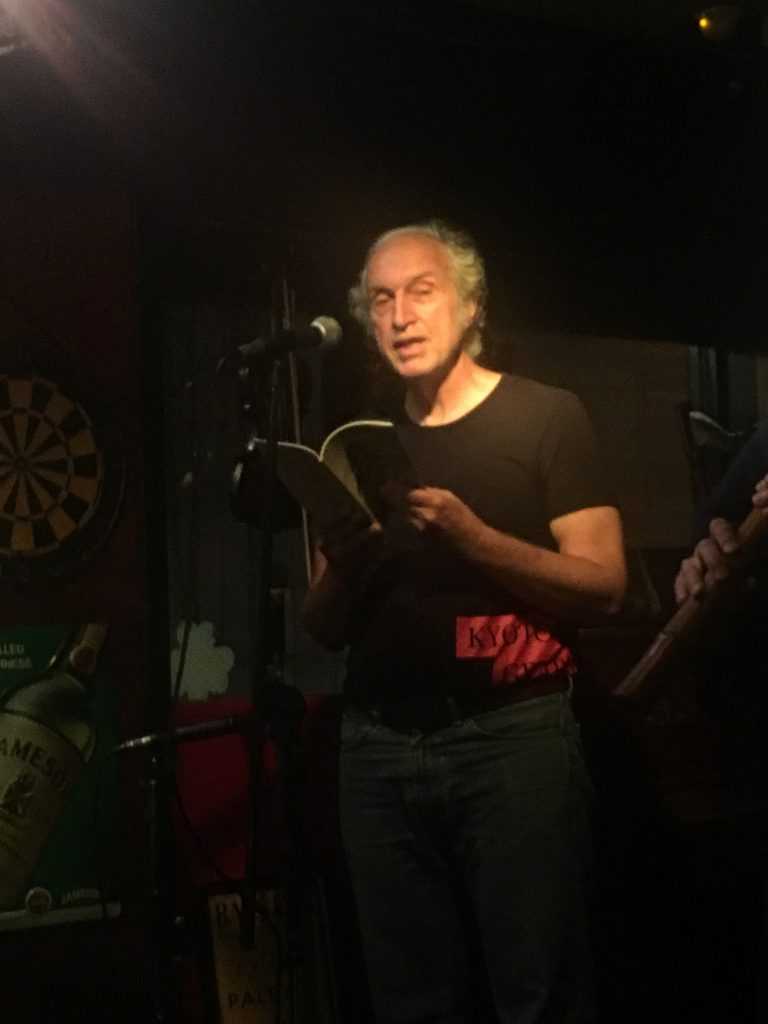
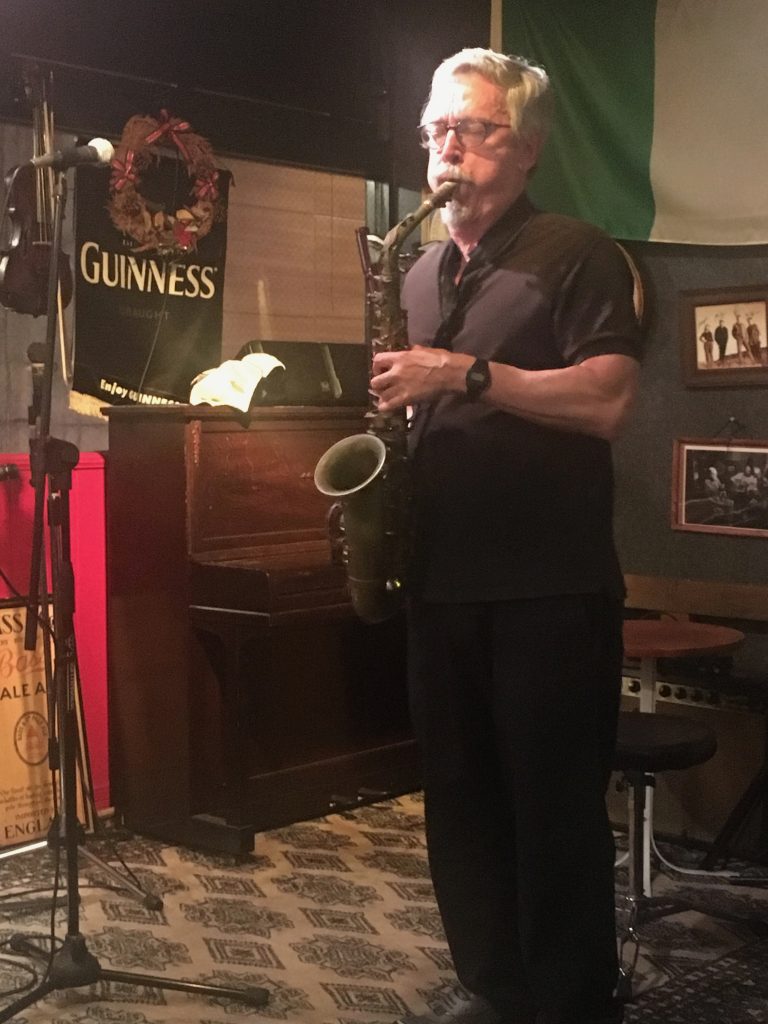
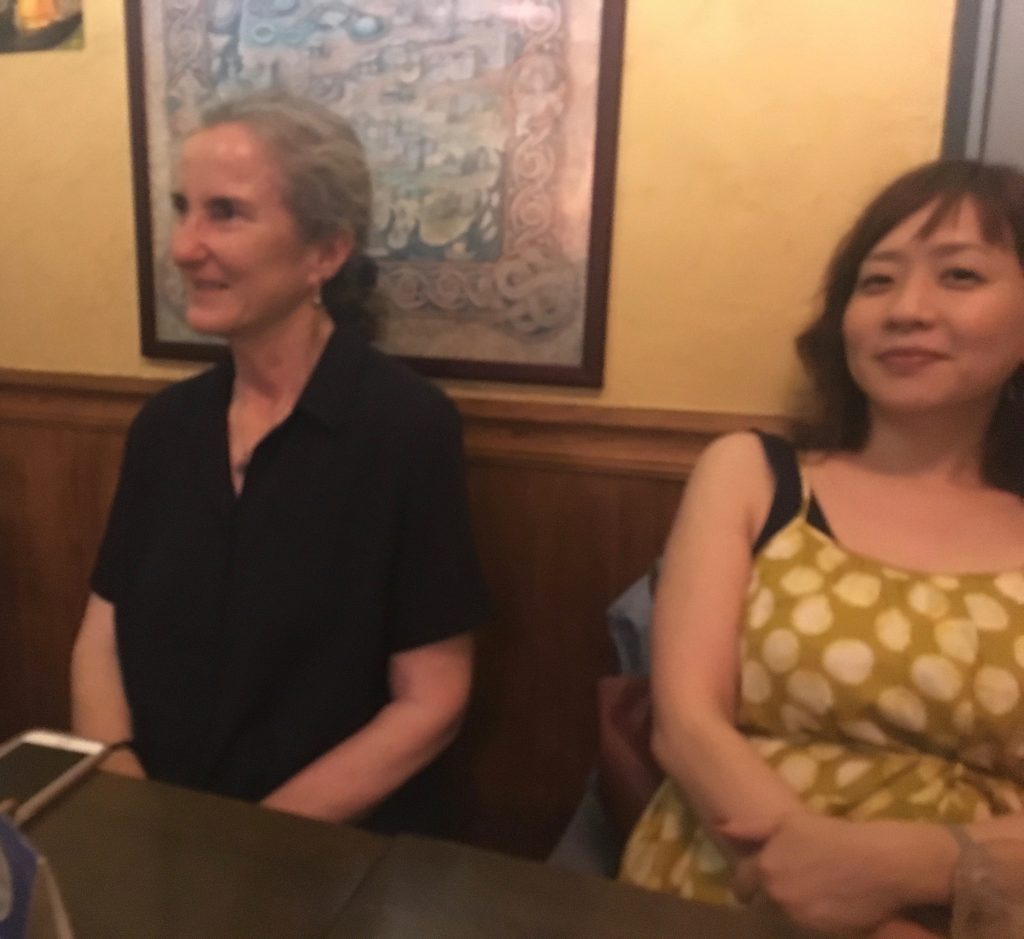
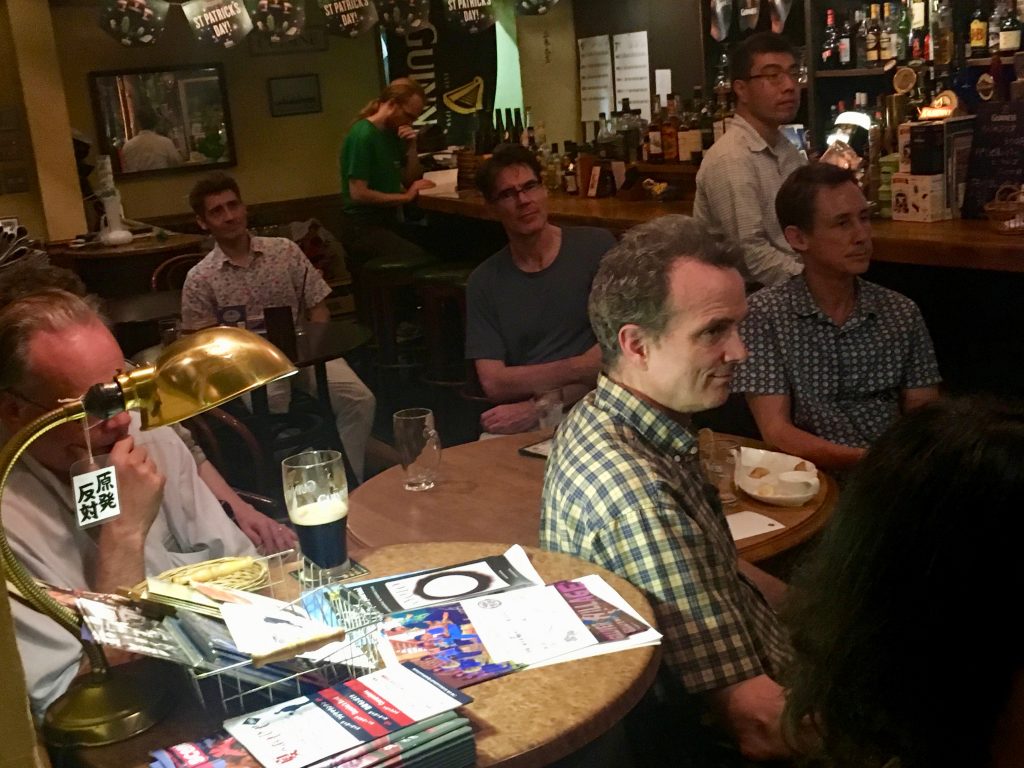










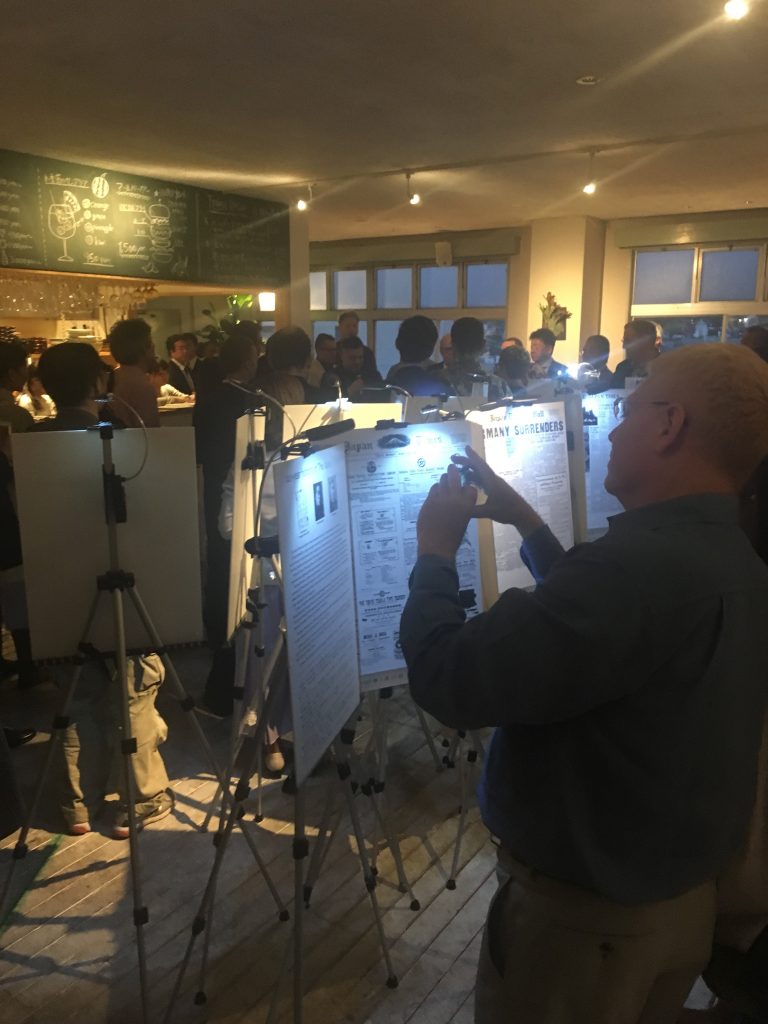





Recent Comments